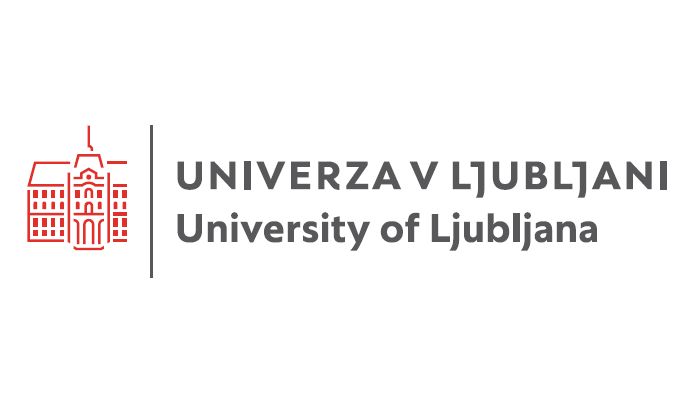
University of Ljubljana
University of Ljubljana
Organisation Introduction
The University of Ljubljana (UL) is the oldest and largest higher education, scientific and research institution in Slovenia, ranking among the top 3% of universities in the world. It was founded in 1919. There are 23 faculties and three academies of art operating within the University. They work together with renowned universities from around the world and offer study programmes in all three cycles, in the fields of natural sciences, engineering, social sciences, humanities, medicine, and the arts. The University has more than 40.000 undergraduate and postgraduate students and approximately 6.000 higher education teachers, researchers, assistants and administrative staff.
Why InnoBMS?
In the InnoBMS project, the University of Ljubljana (UL) is investigating how to bridge the gap between detailed electrochemical models and the advanced system-level models commonly employed in modern battery management systems (BMS). Leveraging over a decade of experience in developing sophisticated electrochemical models on a continuum scale, UL researchers employ a multiscale approach to ensure consistency across different scales by mapping parameters. With this expertise, UL aims to advance physics-based models for more effective battery management, aiming to enhance the safety and lifespan of battery systems through significant improvements in current modeling approaches.
What in InnoBMS?
The University of Ljubljana (UL) will play a role in developing advanced, scalable physics-based models for Battery Management Systems (BMS) at higher TRLs in the upcoming project. These models will facilitate the direct incorporation of electrochemical processes within battery cells, material characteristics, and geometric parameters of the cells into the model’s topology and parameters. To enhance the physicochemical consistency between cell processes and the model, an advanced modeling framework will be employed. This framework will enable a more coherent virtual representation of electrode topology and will integrate state-of-the-art physics-based degradation models.

“The InnoBMS project presents us with the task of promoting new research in computationally efficient, physico-chemically consistent atomistic and mesoscopic scale-informed continuum-scale models at the cell level. These models aim to be applicable in embedded systems, fostering advancements in battery management technology.”

